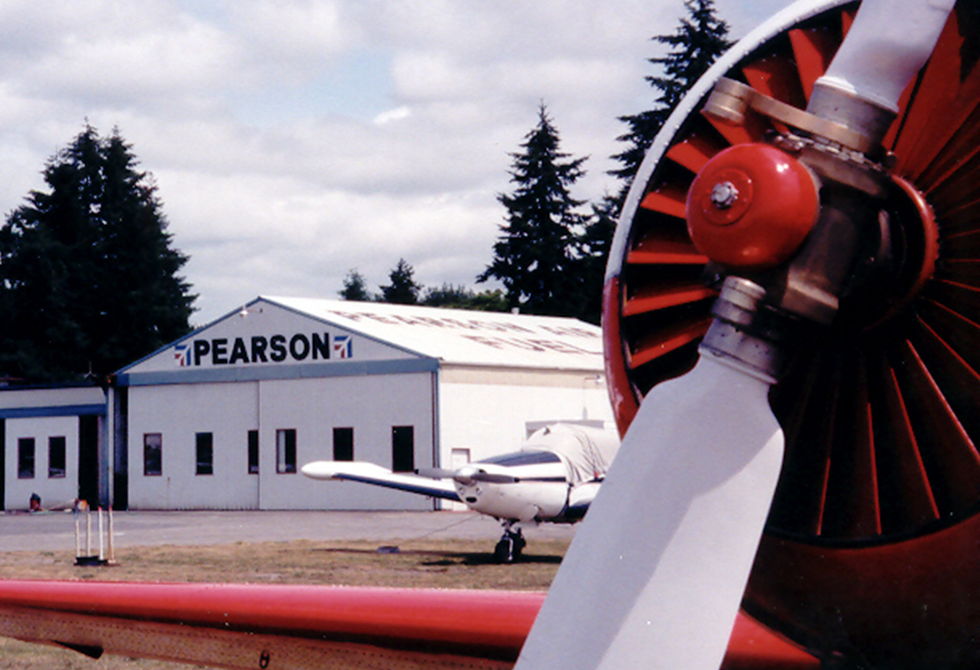Remediation
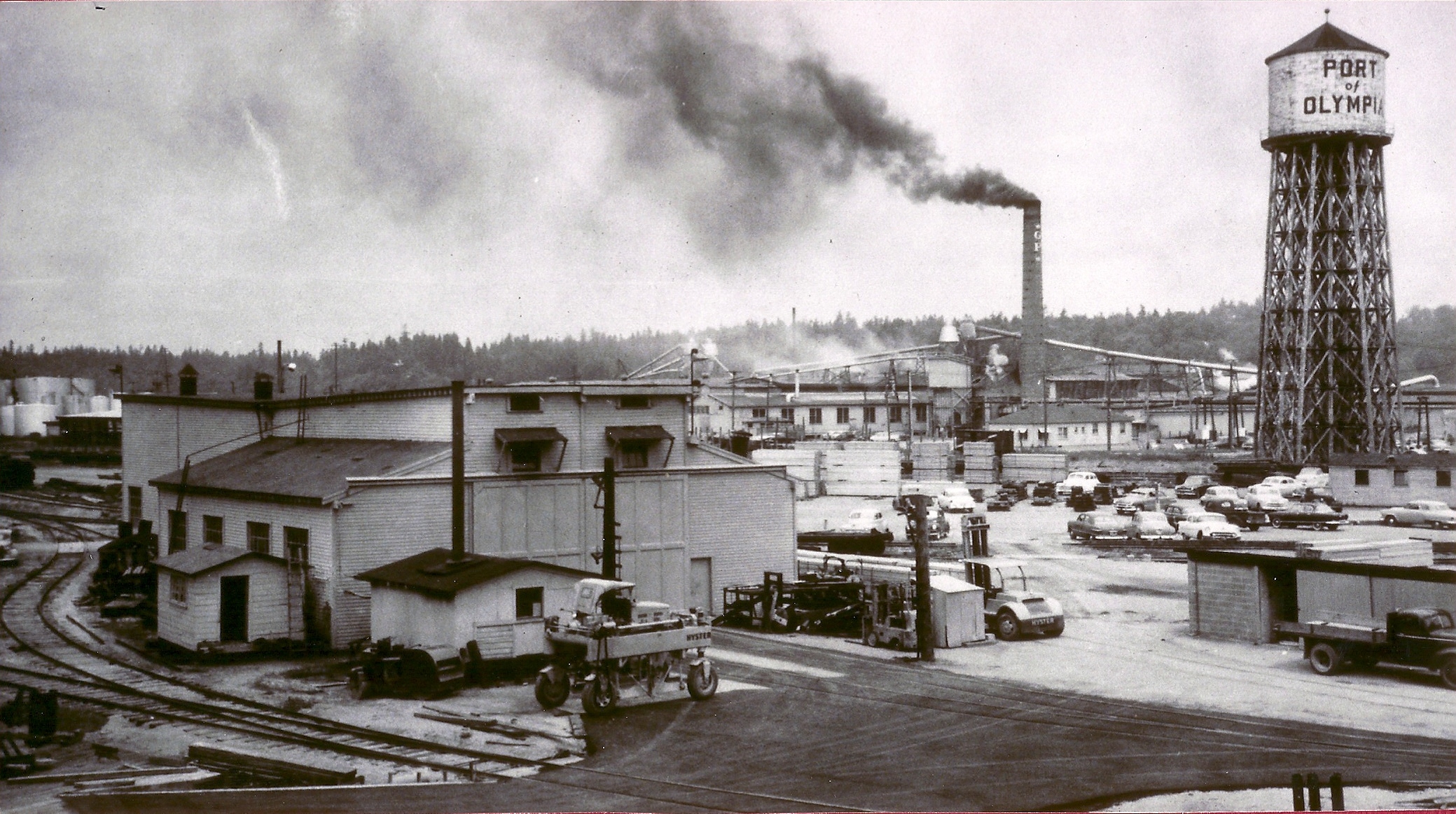
Overview
Spills of dangerous materials and now-banned past business practices have contaminated land and water on some properties owned by the Port of Olympia. The Port is committed to working with Washington State Department of Ecology, and following Model Toxic Control Act guidelines, to remediate or clean up properties. We, like the citizens of Thurston County, want lands and waters that are free of contaminants so they can be put back to higher and better uses – from parks and trails to buildings for existing and future businesses and residents.
Learn More
Budd Inlet Cleanup
Contaminated sediment from historical industrial activities in Budd Inlet negatively impacts the ecology of south Puget Sound, and impairs maritime operations and recreational boating. The Port of Olympia is investigating the best ways to clean up Budd Inlet in collaboration with local, state, federal, and tribal partners through an effort to characterize the contamination found in marine sediment. This will benefit the economy, environment, and the greater Olympia community. Sediment samples have been collected from both East Bay and West Bay and are being evaluated by scientists. This will inform the method for cleaning up the inlet.
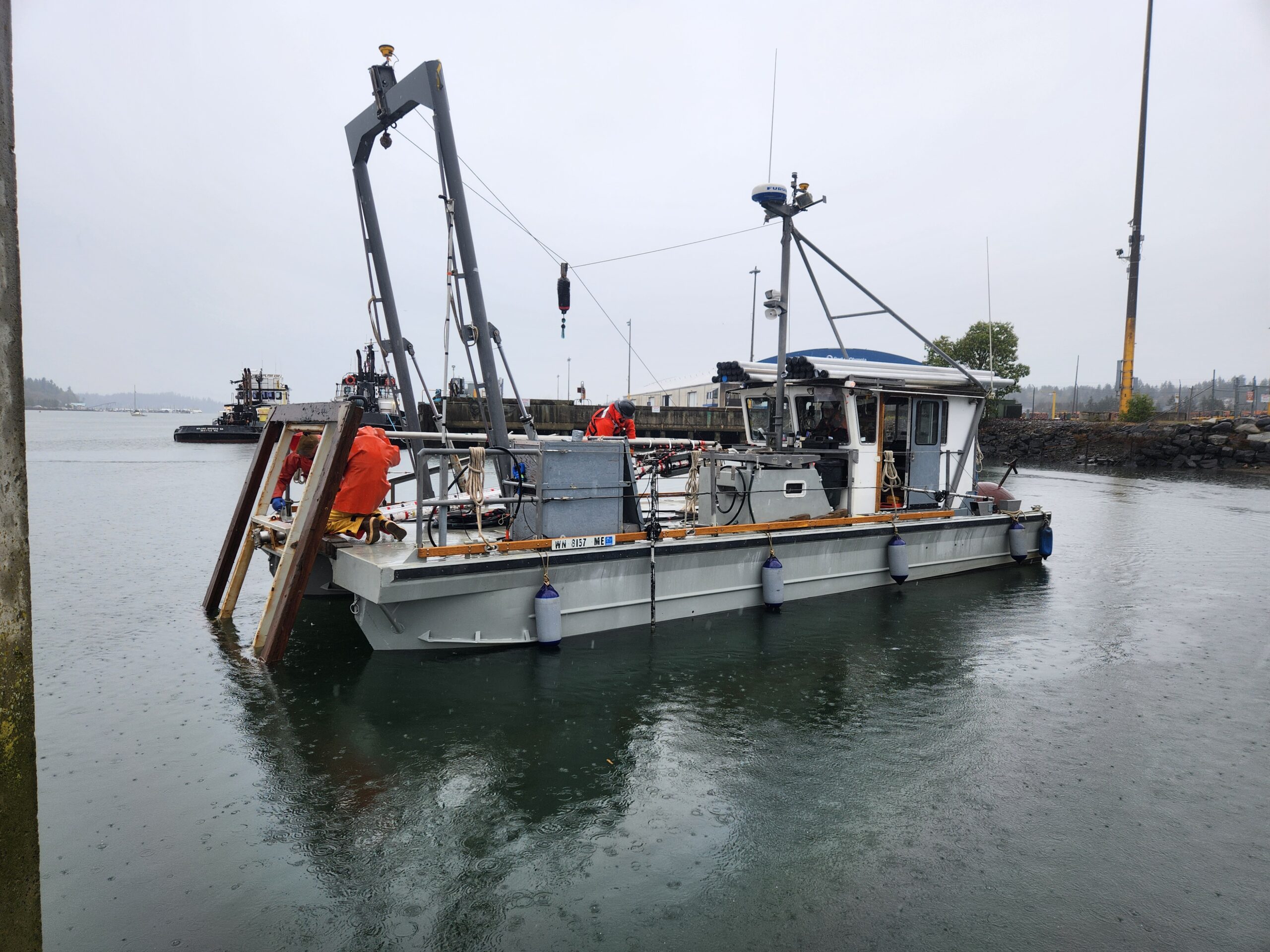
East Bay Redevelopment
Port owned property in downtown Olympia along the waterfront was historically used for a variety of industrial operations. Previous work with the Department of Ecology, LOTT, and the City of Olympia to remediate and redevelop portions of the East Bay waterfront have been completed. This effort resulted in the Hands on Children’s Museum and the LOTT Clean Water Alliance’s headquarters. The Port also worked with the Department of Ecology to remediate the remaining portions of our downtown locations and they, too, are ready for mixed-use development, including office, retail, commercial and hospitality.
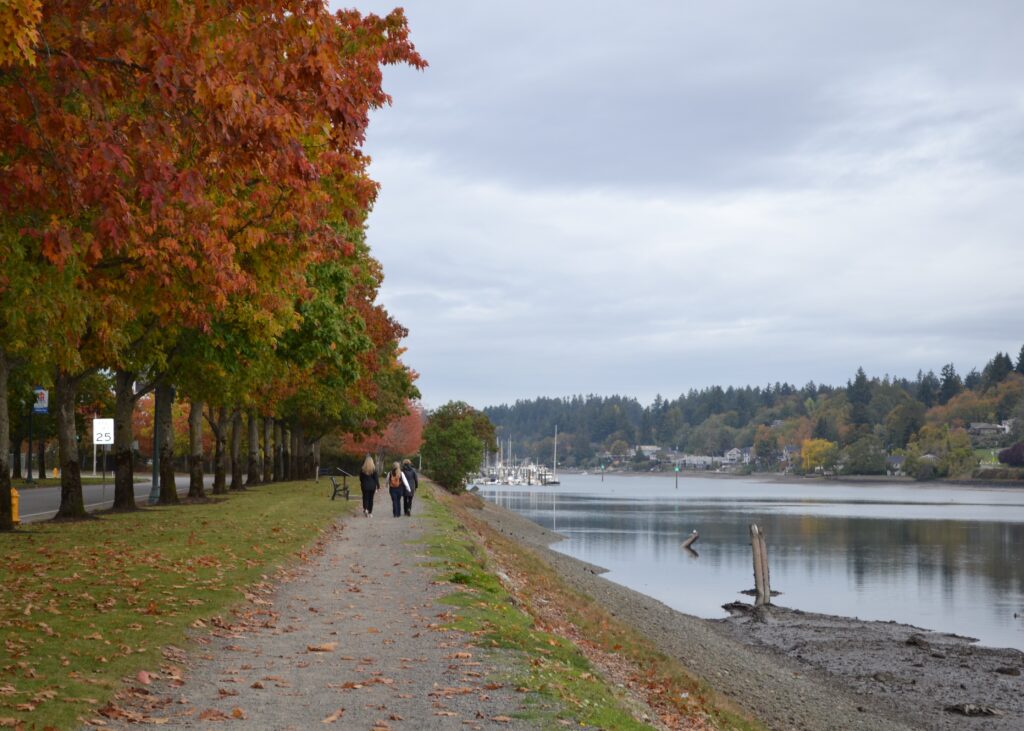
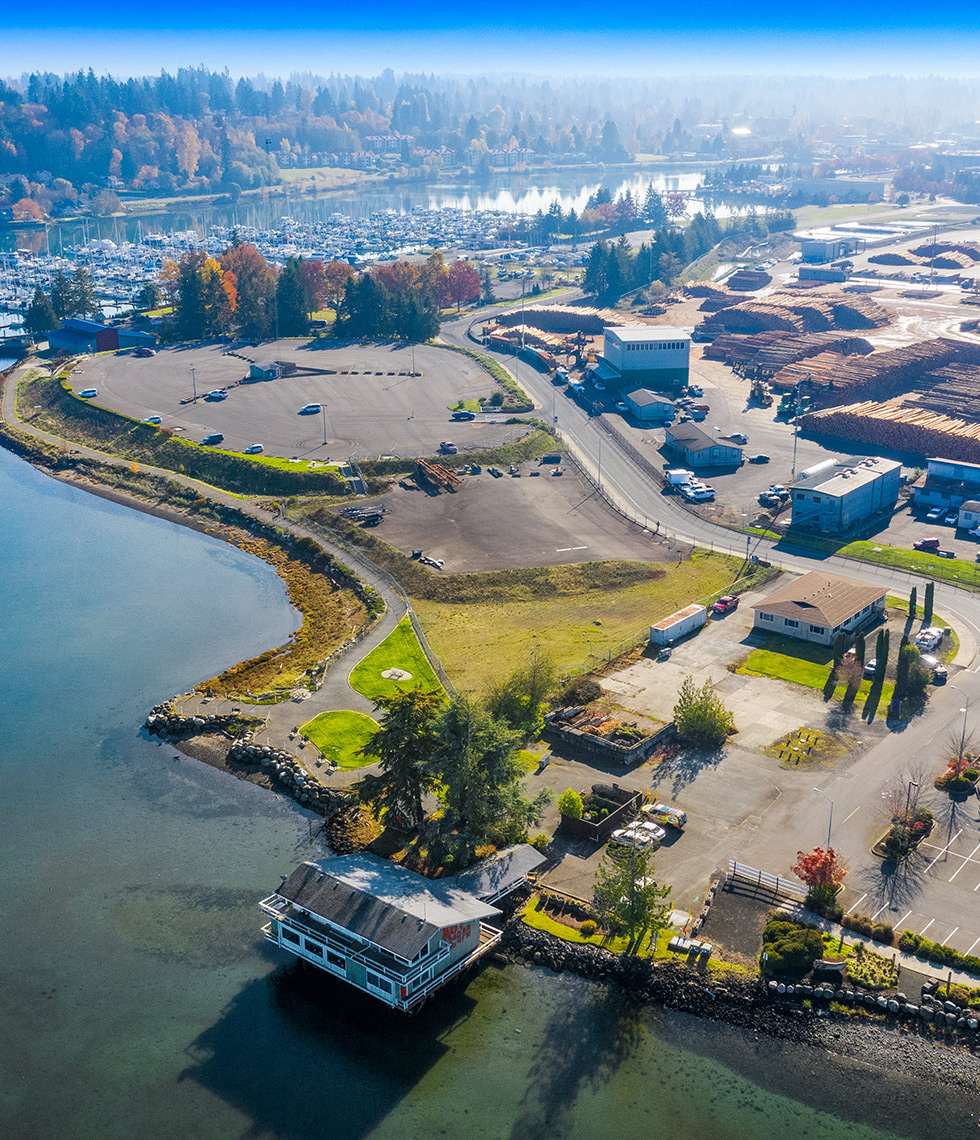
Cascade Pole Today
Since the initial effort, of the capital projects required by agreements with Ecology, the Port has invested in and replaced or upgraded the on-site groundwater treatment system, elements of the site upland caps, and stormwater conveyance systems. The Port responsibility includes continuous operation, maintenance and repair of the existing remediation systems.
In addition, the Port has ongoing sampling and reporting programs to monitor the groundwater and offshore sediments. At present, a portion of the shoreline remediation supports limited public access to North Point and the Billy Frank trail. Some portions of the capped upland area support public parking and event areas, while the majority of the area is leased and used for revenue-generating ventures.
In the future, the upland site will be redeveloped as part of the Port’s marine terminal and marina support areas, and a portion maintained for public access
Cascade Pole
History
From 1930 to 1957, numerous wood-treating companies leased this land from the Port. The companies used chemicals to preserve wood products such as utility poles and railroad ties. From 1957 until 1986, CPC operated a wood treatment facility on the site. These activities resulted in both the upland and offshore contamination that was remediated to meet Model Toxics Control Act (MTCA) standards.
In 1990, the Department of Ecology, Port of Olympia and Cascade Pole Company entered into an agreement to remediate the 17-acre former CPC site and adjacent parcels of land owned by the Port of Olympia. Through a series of legal agreements between Ecology and the Port, the remediation activities included:
- Installation of sub-surface sheet pile walls and a slurry wall to contain contaminants on site
- An on-site pumping and treatment system for groundwater gradient mitigation.
- Excavation, containment and replacement of contaminated offshore sediments and shoreline soils
- Capping of upland areas
Pearson Air
In 1999, four Underground Storage Tanks (USTs) were excavated due to a release of jet fuel. At this time, approximately 830 tons of jet fuel-contaminated soil was excavated. Concentrations greater than Model Toxics Control Act (MTCA) soil clean-up levels were left in place due to restrictions posed by an electrical conduit and high groundwater level. Historic and current groundwater testing have indicated that groundwater contamination has not migrated beyond the UST excavation area. Direct contact with soil by humans is not an issue at this site. These factors made this site a strong candidate for the Department of Ecology’s Voluntary Clean-up Program (VCP).
The Port worked with the Department of Ecology to finalize cleanup and close out this site under the VCP. The Port completed its work on this site, with oversight and approval by Ecology, in 2021.
